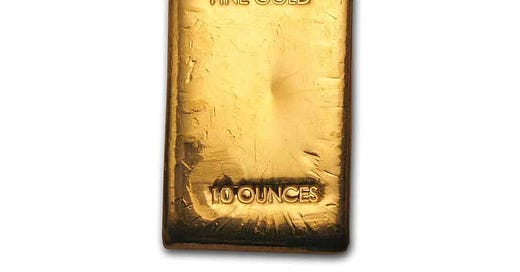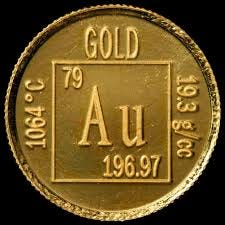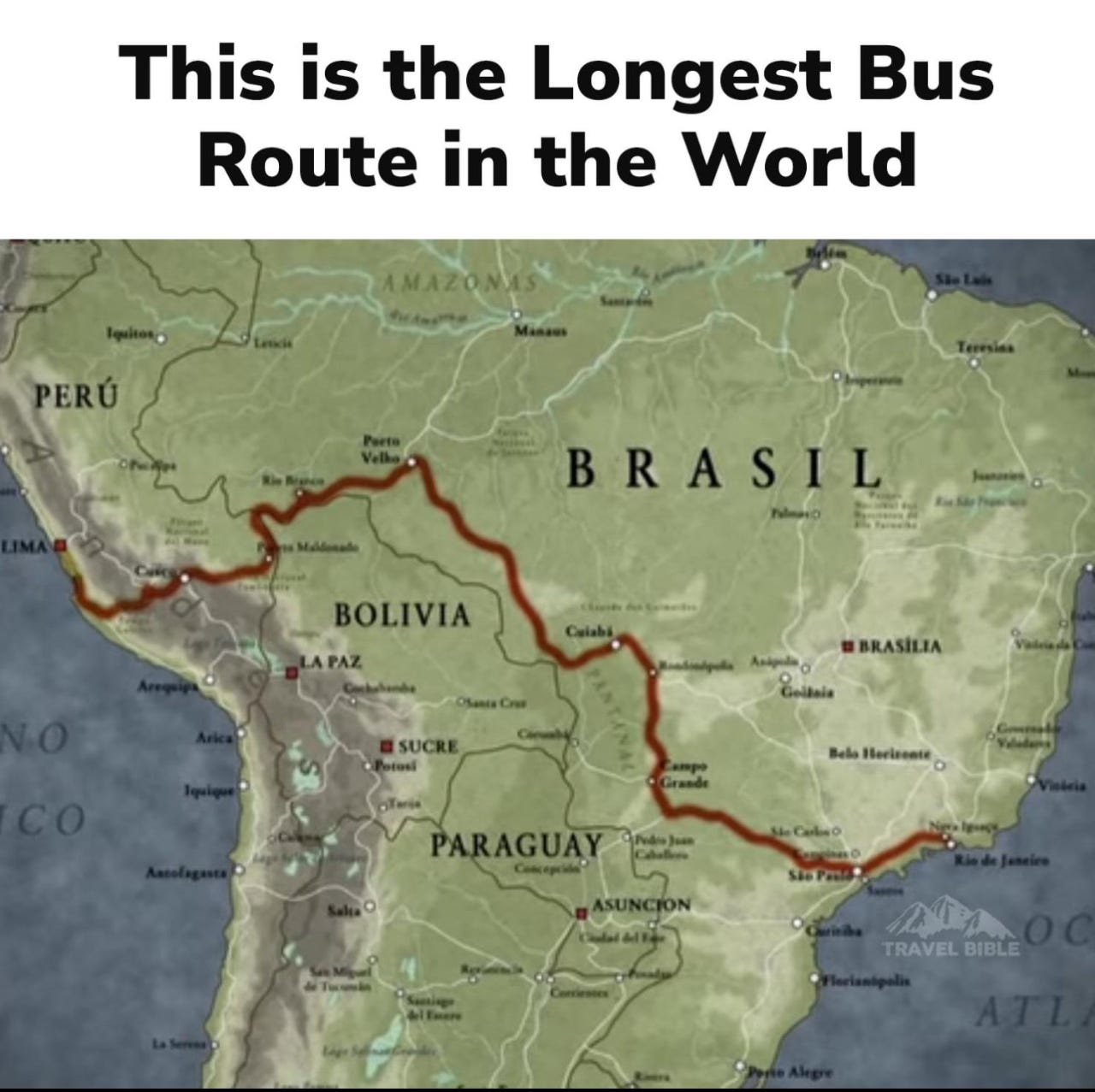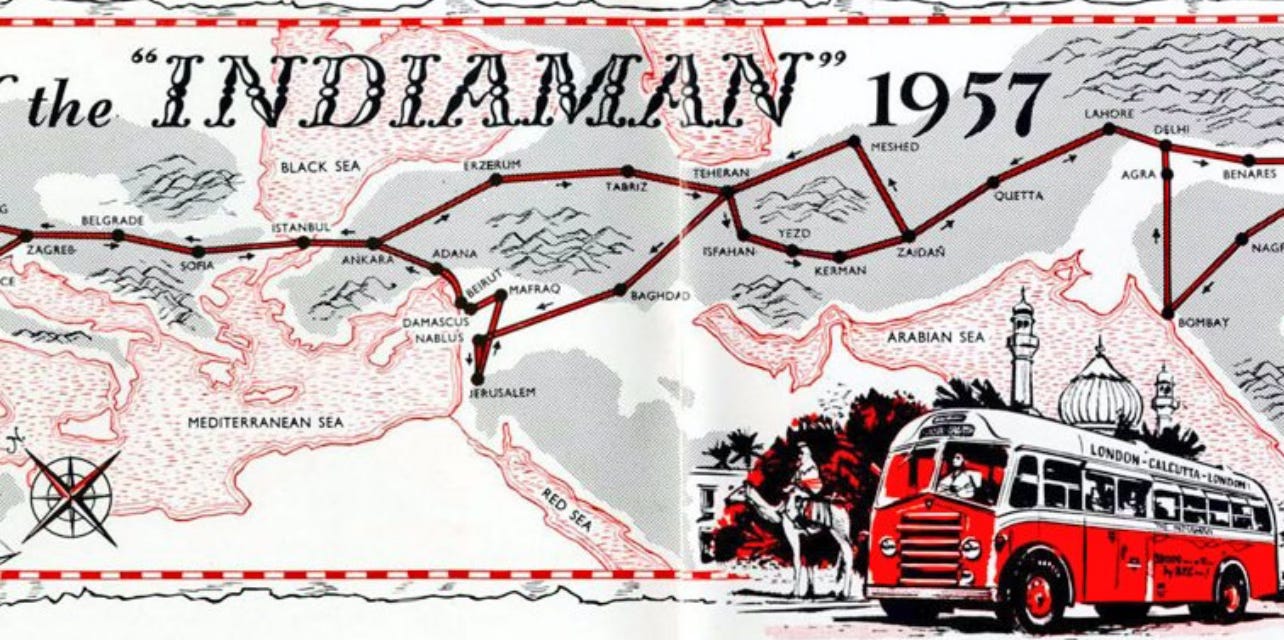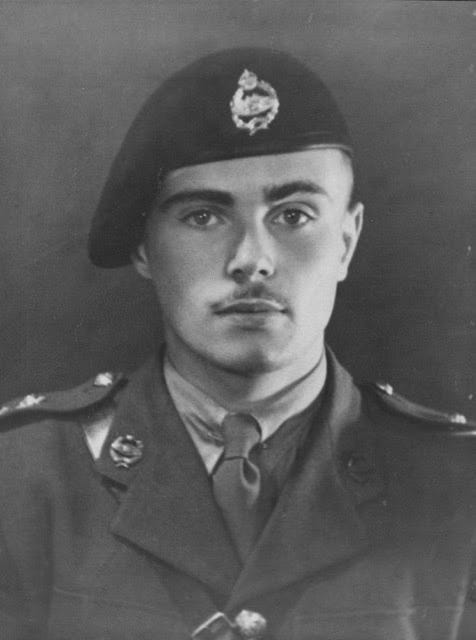Gold
Gold is on a tear this year. It started 2024 at $2,067 an ounce; it closed on Friday at $2,546 an ounce.
There are many things driving the price of gold, and it is mostly in Asia. “This gold rally is made in China” says the Financial Times of London. Not only is the Chinese central bank buying gold as part of its effort to be free from the dominance of the American dollar, but there are individua Chinese buyers too.
The other big player is India, both the central bank and individual buyers, who have a tradition of purchasing gold for jewelry: they wear their investments.
In a world of war in Ukraine and the Middle East, civil wars in Africa and sabre-rattling over North Korea and Taiwan, gold is a traditional safe haven. If you want to carry your wealth with you in a hurry a one-kilogram gold bar is worth $104,000 in Canadian currency, though gold is always measured in U.S. dollars. A few of those in your suitcase adds up.
Back to China. Gold is in such demand there that the so-called ‘spot price’ – what you buy it for on that day—is $85 an ounce more in China than it is in London where the international price is fixed every weekday. Usually that premium only pops around the Lunar New Year when people buy gold as gifts. Now it is a year-round phenomenon.
But the biggest global buyer of the past year and a half, by far is the Chinese central bank. Last year alone it bought 225 tonnes of gold: there are 35,274 ounces of gold in each tonne. However, China’s allocation to gold is at 4% of their total foreign reserves, which is much lower than other large central banks (U.S. & the EU), so there may be more to go to diversify their reserves
A 10 ounce gold bar weighs the same as two large eggs. It is an easy way to tuck a very negotiable $25,000 in your jeans.
"As central banks, led by the People’s Bank of China, continue to sell dollars for gold, $2,000 per one ounce of gold bullion is becoming part of the new normal,” says Economist Jeff Rubin, author of the recent bestseller, A Map of the New Normal: How Inflation, War and Sanctions Will Change Your World Forever.
“The (U.S.) dollar, the once unchallenged global reserve currency of the world during the post-war era, now makes up its lowest share of global central banks’ reserves since 1994.”
The countries known as BRICS —Brazil, Russia, India, China and South Africa — want to upend the way commodities such as oil and gold are priced in U.S. dollars. As Rubin points out, they are doing that by selling their dollars for gold, and then countries such as India will buy oil from Russia and pay in Indian rupees, not U.S. dollars.
Following Russia’s invasion of Ukraine in February 2022, the U.S. and the European Union imposed several rounds of sanctions on Russia, including freezing Russian central bank’s foreign reserves and removal from the SWIFT system which facilitates international money transfers.
BRICS nations are concerned how the U.S. or the European Union may weaponize the existing financial system based on the dollar or euro to preserve their current global economic and geopolitical positions. As a result of these sanctions and potential further actions, this has made central banks think carefully about what they hold in their reserves.
A lot of people see gold as a dead asset. It doesn’t pay a dividend and if you own physical gold it is difficult to store. One gold specialist sings the praises of gold as an investment.
“One of the best-kept secrets in the Western world is that gold has outperformed everything: stocks, including dividends, bonds, and, of course, the U.S. dollar, since 2000,” says John Hathaway of Sprott Asset Management, which has its own gold fund.
So far this year, gold is up 12%, according to the World Gold Council. But it does point out that U.S. stocks are up more than 15% over the same period.
There is an odd North American gold retail angle. Costco is selling small one ounce gold bars from the Royal Canadian Mint at its outlets in Canada and the United States. Small amounts of gold might be nice to have but there are fees for selling them, so gold must really rise for an individual to make money on their investment.
Note: As I recover from surgery, there might not be a newsletter every week. I apologize but it depends on how I feel, which is pretty good at the moment.
Where the Paycheques Are
People want to move to countries where wages are high. Opportunity is a big reason immigrants are pouring across the southern US border. The other countries, Canada, Britain, France and Italy are also where people want to move.
Where the Ships Are
Where the Tall Buildings Are
The World’s Longest Bus Route
It goes 6,600 kilometres from Rio de Janeiro on Brazil’s Atlantic coast to Lima on Peru’s Pacific coast. It takes five days. It appears to be in Brazil all the way, bypassing Bolivia. It travels through the Amazon rain forest and over the Andes. An adventure and a half I would think.
The previous longest bus route was 16,000 kilometres from London to Calcutta, as it was then known. It took 50 days. It started in 1957 and ended in 1975.
According to Wikipedia, the bus traveled from England to Belgium, and from there to India via West Germany, Austria, Yugoslavia, Bulgaria, Turkey, Iran, Afghanistan, Pakistan and North Western India. After entering India, it eventually reached Calcutta via New Delhi, Agra, Allahabad and Banaras. It would be a dicey trip these days. The bus had bunk beds and a kitchen.
Essay of the Week
Lieutenant Alan Earp was shot in the head at point-blank range by a German soldier in the dying days of the Second World War. It was April 14, 1945. Hitler would shoot himself 16 days later, and the war in Europe would be over in a little more than three weeks.
“The fighting at the Rhine was some of the most vicious of the war,” said Robert Fraser, a retired professor of history at the University of Toronto and the regimental historian of the Argyll and Sutherland Highlanders
Lt. Earp survived the wound, though there were pieces of metal left in his head. His parents received a letter saying their son would only be able to work as a farm labourer or some such job , went on to get a bachelor’s degree from the University of Toronto and a master’s from Cambridge; after a a successful career in academia, he retired from his position as the president of Brock University in St. Catharines, Ont.
He died July 7 at the age of 99 – the last surviving officer of the Argylls from the Second World War.
Alan Earp was born in Toronto on Feb. 18, 1925. His father was a Church of England minister who had been sent to Canada to recover from a disease he acquired in India. In Canada he met and married Laura Sloan. Young Alan returned to England with his family when he was five or six; they also lived in Paris for a while. Alan went to a couple of posh schools – Cheam, where he was a few years behind the future Prince Philip, and then to Marlborough.
In 1942 Alan was evacuated to Canada, arriving in Toronto when he was 16. He was slated to attend a boarding school but was so academically advanced that he started studying classics at Trinity College at the University of Toronto, on a full scholarship with a room at the college. He soon wanted to join the fight against Nazi Germany, so theCUT Alan Earp, a high-minded son of an Anglican minister lied about his age when he joined the Canadian Army at 17, telling the recruiter he was 18.
He was taught engineering at an army camp in Northern Ontario and would eventually be assigned to a pioneer platoon, which did engineering and construction work on the front lines with the infantry in Europe. As a young officer he was in charge of older, more experienced men. . It worked. “We had the southern half of Holland, the Germans had the north,” he told Weston Miller in an article published when Mr. Earp was 94. The fighting intensified as the Argylls moved into Germany itself.
“It was a battle in Germany. We had been ordered to move from Holland into Germany, which represented for us an enormous change,” Mr. Earp told the CBC’s Debra Arbec in 2005.
The fighting was brutal. The Argylls’ colonel went upstairs in a house they were occupying and was shot and killed by a German sniper.
“We lost just under 300 soldiers [who] were killed and three times that number were wounded, some of them very seriously. I was among the wounded and [one of] the lucky ones because here I am 70 years later,” Mr. Earp said in the CBC interview. “For a time I kept the pieces of bullet that they had given me, but two or three years later I said, “What am I doing with this spent metal?” I threw it away. It would be a museum piece [by now].”
He said that after he was wounded, about 60 soldiers from the Argylls were killed in the short time left in the war.
Later in life, he Alan Earp was a pacifist and signed petitions against both war and capital punishment.
“He was very much anti-war. He took my brother and I to a political rally in Maple Leaf Gardens to hear Tommy Douglas speak,” recalled his son Jonathan.
After recuperating in England, Mr. Earp returned to Canada and the University of Toronto, where he earned a degree in classics, and then to Cambridge in England. He then worked in a series of academic jobs, including teaching at the University of Nigeria and the University College of the West Indies in Jamaica.
He returned to Canada as the registrar and dean of men at Trinity College, a post he held for 10 years. After Trinity he held positions at Carleton University in Ottawa and the University of Guyana in South America. In 1968 he became provost for Brock University, which was only four years old at the time. almost 20 years. He was also president of the Association of Universities and Colleges of Canada.
“The dedicated and visionary leadership of Dr. Earp helped lay the groundwork for Brock to become the comprehensive university it is today,” said Lesley Rigg, the school’s president and vice-chancellor, in a statement. “His invaluable guidance through the university’s early days has impacted generations of learners and will continue to do so as Brock enters its next 60 years. We’re grateful for his lasting contributions.”
Then there is the family name, Earp. It is best known because of Wyatt Earp, an American lawman and legend of the Wild West. He was one of the participants in the gunfight at the O.K. Corral in 1881. Burt Lancaster played him in the 1957 move Gunfight at the O.K. Corral, as have many others in subsequent films.
Prof. Fraser recalled crossing into the United States and having border guards light up at the mention of the name Earp. “One of them asked Alan if he had ever handled a gun, and he answered, `Not lately.’”
According to Mr. Earp’s son Jonathan, there were a pair of Earp brothers from Yorkshire, in the 1700s, who went first to Northern Ireland; one later went to the American colonies, the other back to Yorkshire. “My family is descended from the one who went back to England.” It’s a distant connection, but a connection nevertheless.
In 1987, Mr. Earp was named an Officer of the Order of Canada for his leadership and contributions to postsecondary education in Ontario and Canada, including serving as president of the Association of Universities and Colleges of Canada and the Canadian Bureau of International Education. Brock awarded him an honorary doctorate in 1990. In 2000, the university named its newest campus building the Alan Earp Residence.
He was married twice, first to Elizabeth Harkness when he was just 18, before he went overseas, and later to Jeanette.
In his long retirement, he loved to garden. He moved to Montreal late in life and died at the veterans hospital in Sainte-Anne-de-Bellevue.
Alan Earp is survived by his two sons, Jonathan and Toby, five grandchildren, one great-grandchild and his partner, Robin Quinlan.

